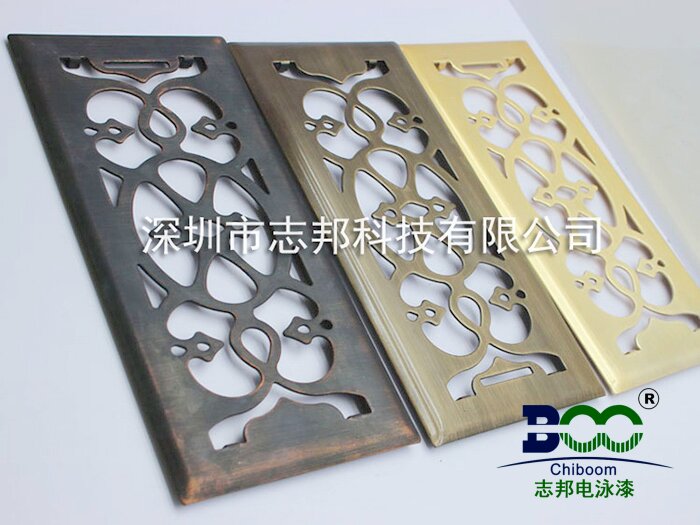Electrophoretic paint process principle
Electrophoretic Coating Process Principles: An In-depth Analysis
The electrophoretic coating process is an advanced technology widely used in metal surface coating. It utilizes the principles of electrochemistry and electrokinetics to deposit charged paint particles onto the surface of metal workpieces, forming a uniform and dense paint film. This article aims to provide a detailed analysis of the principles of the electrophoretic coating process, breaking it down into key points for a clear and in-depth understanding.
I. Overview of Electrophoretic Coating Process Principles
The core principles of the electrophoretic coating process lie in the combination of electrochemical and electrokinetic principles. In an electrophoretic tank, paint particles become charged through electrolysis and migrate towards the metal workpiece surface under the influence of an electric field, ultimately depositing into a film. This process involves four main stages: electrolysis, electrophoretic migration, electrodeposition, and electroendosmosis.
II. Detailed Breakdown of the Electrophoretic Coating Process
Cleaning
The first step in the electrophoretic coating process is to clean the metal workpiece. The purpose of cleaning is to remove impurities such as grease, rust, and dust from the surface, ensuring a clean and smooth base for coating. Various cleaning methods such as immersion, spraying, and ultrasonic cleaning can be employed to thoroughly remove impurities.
Surface Preparation
After cleaning, the metal workpiece undergoes surface preparation to enhance the adhesion between the electrophoretic coating and the substrate, as well as improve corrosion resistance. Common surface preparation methods include acid pickling and phosphating. Acid pickling removes oxides and rust from the metal surface, while phosphating forms a dense phosphate film on the metal surface, improving coating adhesion and corrosion resistance.

Electrophoresis
The prepared metal workpiece is then placed in an electrophoretic tank filled with charged paint particles. Under the influence of an electric field, the paint particles migrate towards the metal workpiece surface and deposit into a film. The coating thickness can be precisely controlled by adjusting parameters such as electric field strength, electrophoresis time, and paint viscosity.
Rinsing
After electrophoresis, the workpiece is rinsed to remove residual paint and processing solutions from the surface. It is essential to maintain a neutral pH on the workpiece surface to avoid adverse effects on the coating.
Drying
The rinsed workpiece is then placed in an oven for drying, allowing the coating to cure and harden. The drying temperature and time should be adjusted according to the selected paint and process parameters to ensure complete curing and desired performance of the coating.
III. Advantages of Electrophoretic Coating Process
Uniform Coating: The electrophoretic coating process ensures uniform deposition of paint particles on the metal workpiece surface, resulting in a uniform and dense paint film.
Controllable Coating Thickness: By adjusting parameters such as electric field strength, electrophoresis time, and paint viscosity, the coating thickness can be precisely controlled to meet different application requirements.
High-Quality Coating: The electrophoretic coating process produces coatings with excellent corrosion resistance, abrasion resistance, and weather resistance, suitable for use in various harsh environments.
Environmentally Friendly and Energy-Efficient: The electrophoretic coating process uses water-based paints, reducing volatile organic compound (VOC) emissions and environmental pollution. It also achieves high paint utilization efficiency, minimizing paint waste.
IV. Conclusion
The electrophoretic coating process is an advanced metal surface coating technology with numerous advantages such as uniform coating, controllable thickness, and high-quality coatings. Understanding the principles and characteristics of this process enables us to better harness its advantages and apply it in practical applications. With continuous technological advancements and process optimization, the electrophoretic coating process is expected to gain wider application and development in the future.





 WeChat
WeChat